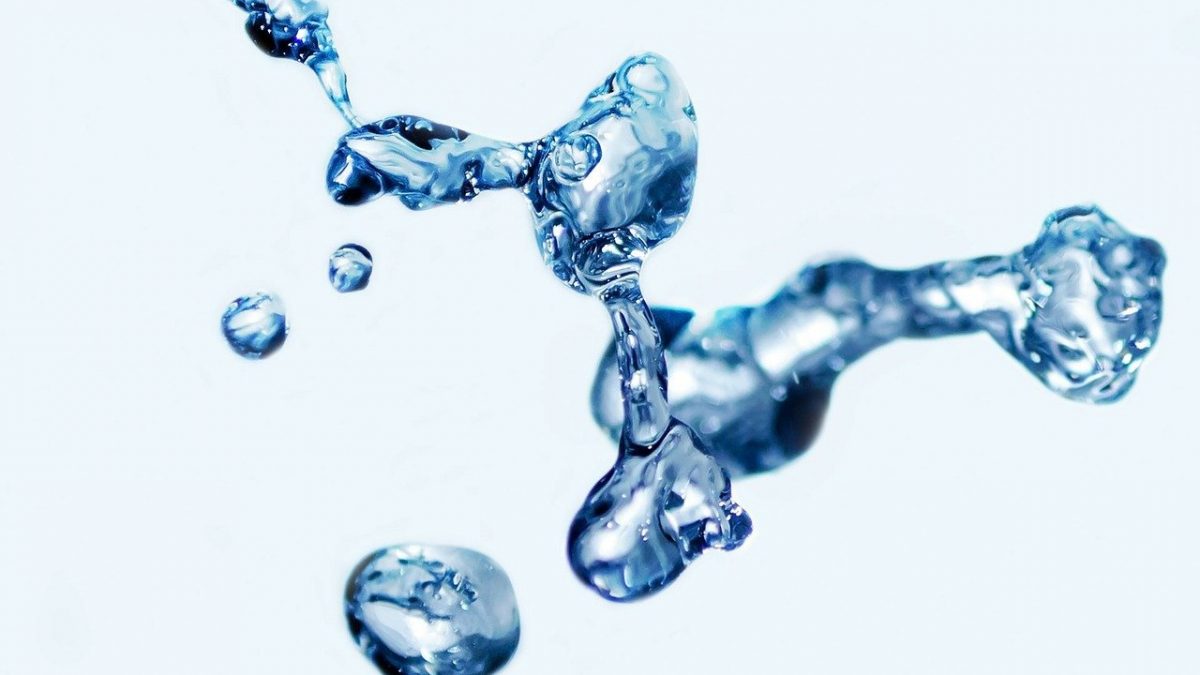The constantly growing research front of Gnotobiology requires more and more alternative bio decontamination methods to keep the germ- free animals protected and safe.
Gnotobiotic animals, such as axenic mice, are extremely susceptible to infection due to their poor immune system. For this reason, germ- free animals must be kept under aseptic conditions in a microbiologically controlled environment, such as isolators.

Operating in a gnotobiotic facility requires researchers to apply strict and periodic protocols of bio decontamination for germ-free laboratory rooms, isolators, gnotobiotic housing systems as well as for tools, material, or equipment coming from outside.
Hydrogen Peroxide (H2O2) is a well- known decontaminant agent thanks to its strong oxidating power, effective at low temperature against a wide spectrum of microorganisms. There are two main methods for delivering hydrogen peroxide on the surfaces to be decontaminated: vapour and aerosol.
A vapour phase hydrogen peroxide generator produces a gaseous mixture, containing vapour of H2O2, starting from a 35% concentrated solution of H2O2. The airflow is then conveyed to the environment to be decontaminated. The gaseous nature of vapourised hydrogen peroxide makes this method suitable for decontaminating small, crowded, and tightly-knit environments, such as isolators containing gnotobiotic housing or pass-through chambers installed in a permanent barrier of a gnotobiotic facility.
Aerosolized hydrogen peroxide is a fine mist, composed of micro droplets of H2O2, generated by a mechanical action applied on a lower concentrated solution of H2O2 (less than 8%). The kinetic energy of the micro droplets allows the micro droplets to spread everywhere and makes this solution suitable for decontaminating large spaces, such as germ- free facility rooms.
Recent Articles
- Gnotobiotic facilities: writing inside isolators 4 April 2022
- Germ-free cage sterilization 24 January 2022
- Microbiota and its importance in aging 25 October 2021
- Procedural diversity and technical choices working with gnotobiotic mice in IVCs. (part 2) 27 September 2021
- Procedural diversity and technical choices working with gnotobiotic mice in IVCs. (part 1) 30 August 2021
DVC – Digital Ventilated Cage for digital vivarium

The DVC® is capable to provide novel insights and enhance animal welfare checks thanks to the automatic data collection directly from the cage level. Specifically designed DVC® board enables different benefits for the researchers and vivarium people.


